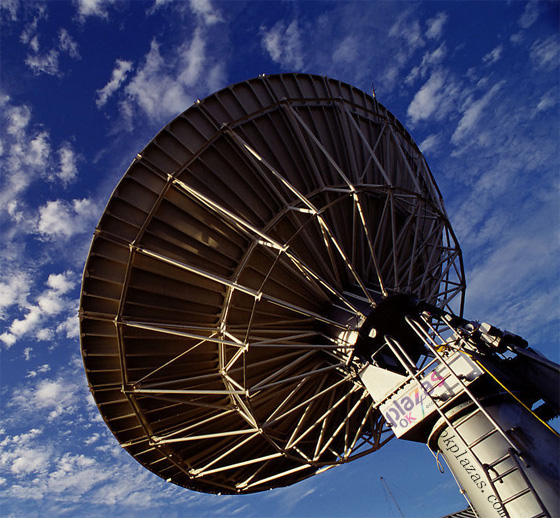The application principle of inclination sensor support radar
The application principle of inclination sensor support radar

Radar emits electromagnetic energy into space in a directional manner. By receiving radio waves reflected by objects in the space, the direction, height and speed of the object can be calculated, and the shape of the object can be detected. It has the characteristics of tilt sensor fusion, high sensitivity, automatic target recognition, and high reliability.
Accurate positioning of large or small communication antennas is a difficult problem encountered by many telecommunication manufacturers. High-precision tilt sensor can solve this problem well. The traditional method is to use a rotary photoelectric encoder to connect to the rotating shaft of the antenna, which can only provide a relative angle measurement method.
Based on the principle of gravity, the measurement data given is an absolute angle data. The core detection component of the sensor uses electrolyte solution as the working medium. When the detection part rotates, the resistance inside the detection part changes due to gravity. The signal processing circuit of the sensor processes the signal, amplifies and converts the signal, and then outputs a standard voltage, current or digital signal proportional to the tilt angle. The biggest advantage of using the tilt sensor is that it can solve multiple sources of repetitive errors, such as the hysteresis due to the antenna body structure, random sliding position and shaking between the coupling of the encoder and the antenna rotation axis. Especially when using incremental encoders, frequent power switches are required to determine the initial position of the antenna. The tilt sensor can not only provide the absolute position of the antenna at any time, but also can detect important data such as the axis alignment and structural deformation of the antenna structure.





